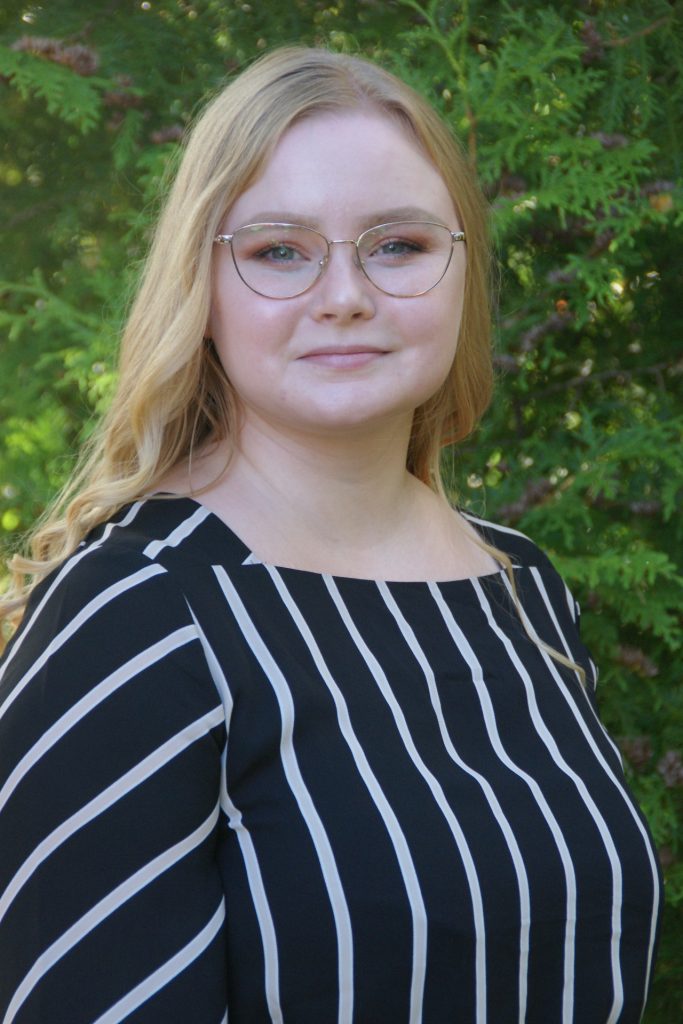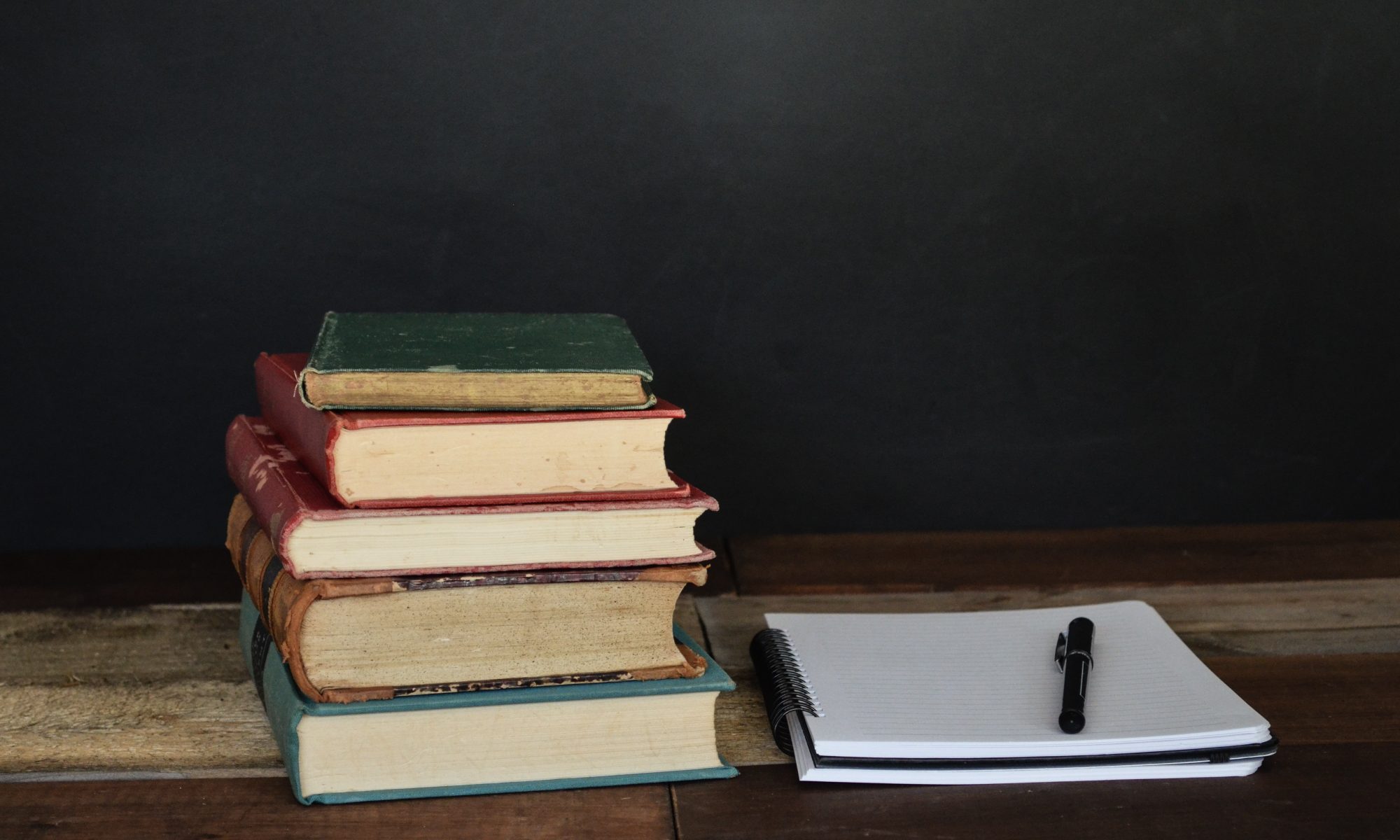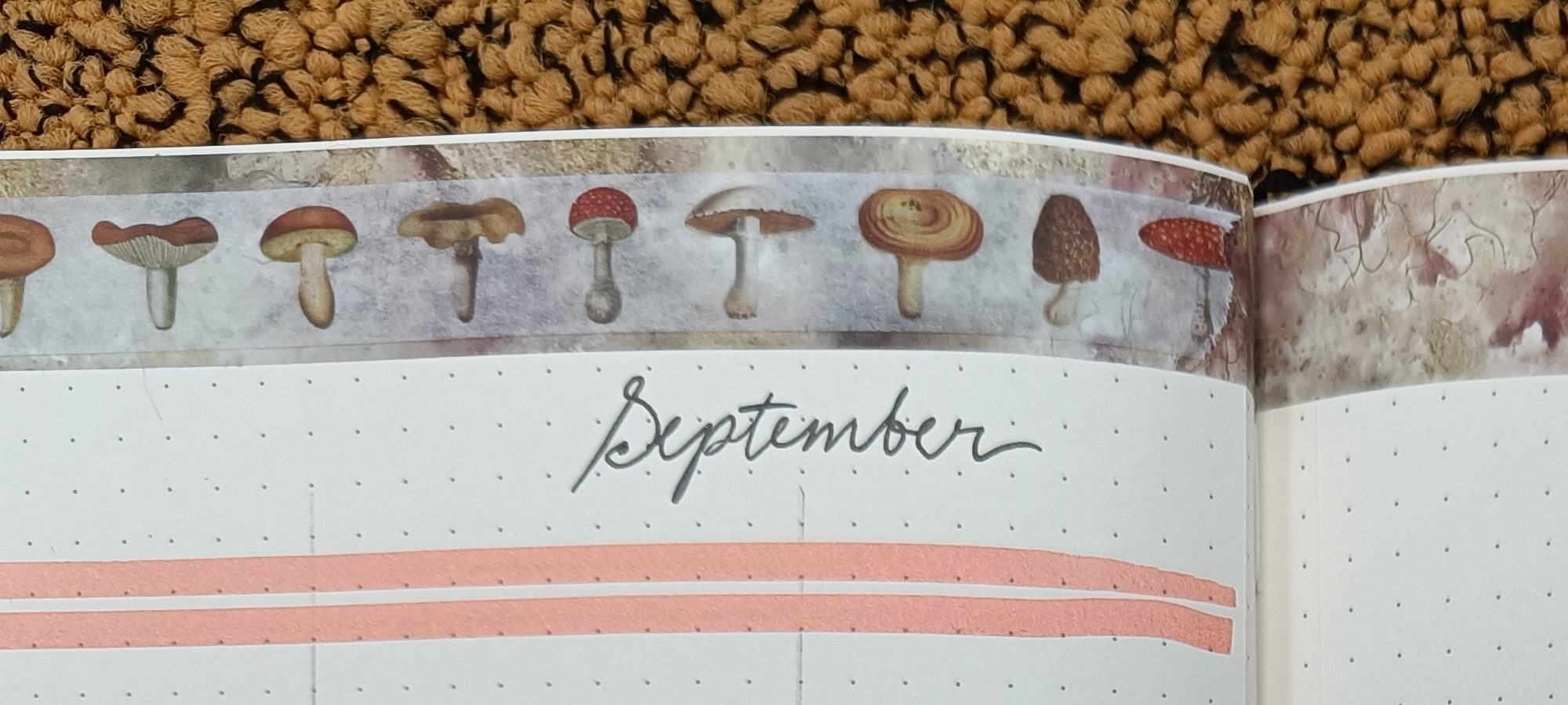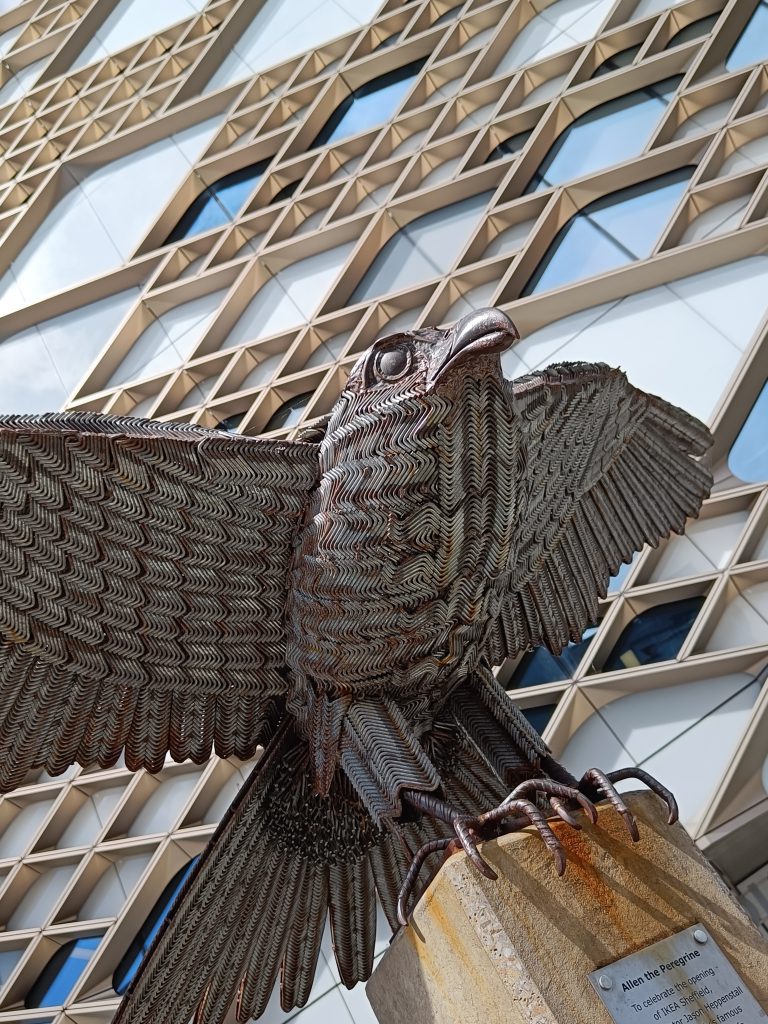A personal anecdote from a freshly graduated English major | Text: Elina Parkkila | Featured image: Debby Hudson (via Unsplash)
A well over a year ago, I was in the stage of my studies where it was time to prepare for the MA thesis. I was facing the same questions many students have at that moment. What is a good topic? Should my topic reflect on my future plans? What kind of topics interest me? Fortunately, I was lucky to stumble upon a topic that served to feed my two main interests in life, the English language and history.
Prior to my thesis seminar, I did a course called Late Modern English project. As the name suggests, it introduces students to the period of late modern English from the 18th to the beginning of the 20th century. I found the overall topic of the course interesting, but one portion of the material piqued my interest the most, grammar-writing. I decided to focus on this new topic I “discovered” for the essay-portion of the course. For my essay-writing, I picked a few 18th–century grammars and compared them to each other to see how they managed to cater to their audiences. In the essay, I made a small observation about how some of the grammars used what I referred to as “graphical content” and some did not. I constituted graphical content to be any form of break from traditional style of writing, which was supposed to be viewed visually through graphicacy rather than reading it as a text. Some examples of graphical content in 18th–century grammars were word lists, exercises, and atypical spacing of text. This observation was a blessing in disguise, as my course professor pointed out how this could be a possible thesis topic. I will not turn down a good suggestion, so I decided to venture further into the topic.
Graphical content in 18th-century grammars
For my MA thesis, I decided to analyse how different 18th–century grammars used graphical content for teaching grammar. I cross-referenced Eighteenth Century Grammars Online (ECEG) and Eighteenth-Century Collections Online (ECCO) for grammars that were written both by women and men. I was interested to see how the gender of the grammarian as well as the perceived target audience could influence the results. It led me down an interesting path to be educated on the overall history of grammar-writing in England, the history of grammarians, and the development of graphicacy.
Even to this day, almost a year after writing my thesis, I find the topic of grammar-writing highly intriguing. It was interesting to see how the societal changes and attitudes about people, the world, and languages were able to be seen in the grammars. As a woman, I was very intrigued by the research that had been done on female grammarians, who were slightly different in their approaches to teaching grammar compared to their male counterparts.
However, my analysis also proved my views to be slightly biased towards the growing demographic of female grammarians who mostly targeted their work towards women and children. Male grammarians, on the other hand, targeted their work more towards men and children. Before the proper analysis on my chosen grammars, I assumed that male grammarians were less inclined to use graphical content as a teaching tool, as their most common target demographic (men) were more likely to have received formal education on grammar. In a sense, I thought that the more educated the target demographic was, the less graphical content was used by grammarians. I proved myself wrong. Grammars targeted towards women contained the most graphical content, while grammars targeted towards men contained the second most amount of graphical content.
MA thesis writing is a multifaceted learning experience
As I am thinking about this learning experience a year later, it shows that I had a narrow view on who were a part of the new broader audiences for English grammars in the growing society of England. Sometimes checking your biases and learning from being wrong can open yourself up to an interesting analysis on how grammar-writing and teaching was viewed for different demographics.
Overall, I see the 18th–century grammars and grammar-writing as an interesting target of research, as the shifting economy and the rise of the working class created new avenues for writing and learning grammar. It makes one really think about the future of grammar-writing research, what kind of signs of our society today can be found in modern grammars?

The author is a former English student at the University of Turku. The history of the English language and history in general were the author’s key interests while studying. The author is currently working in the museum field.
Parkkila, Elina. 2022. The Beginning of Visual Grammar Learning: Analysis on the Use of Graphical Content in 18th Century English Grammars. Master’s Thesis, Department of English, University of Turku. Available online: https://urn.fi/URN:NBN:fi-fe2022091358943


